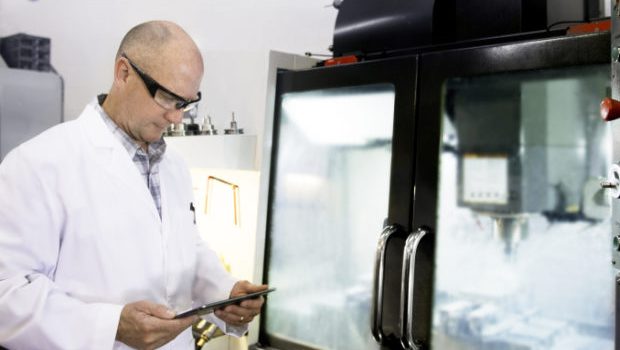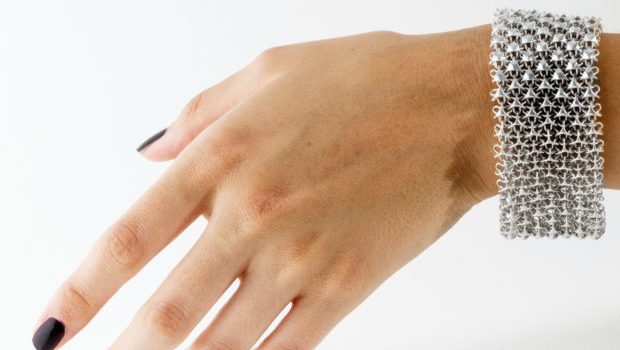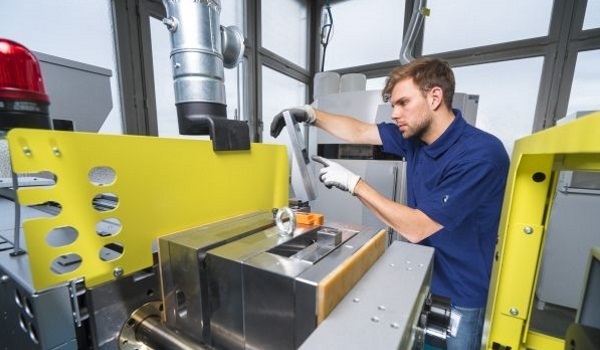To practice any creative form like the 3D printing, one has to have knowledge about its various functions and features. Certainly, no novice could use the 3D print technology to create his designs.
This could be a major hindrance for those who want to give a shape to their creative thinking, but have no technical knowhow.
The process of acquiring knowledge could be an expensive and tedious affair. It might involve investing on equipment and software and getting professional help or books to learn the technology.
But, there could be a simpler way of attaining a 3D model of your imagination.
Lani, a startup in Ontario has created a very simple platform where even amateurs could print their design. All they have to do is to focus on the design, and clicking the button to get their designs printed. The Lani prints the 3D designs in 3 steps-
1. Upload the design
2. Choose the available options
3. Press end to print
The internal processes are all handled by Lani. It acts as a payment and management center for 3D printing organizations. Institutes, libraries and printing centers can operate the front-end printing processes where users can come and avail this facility of 3D printing their own designs.
The company has developed the Lanibox which is a hardware device that enables wireless management and connection of the 3D printing service to the PCs. They also have advanced facilities for the users willing to use these services.
Pablo Eder envisages the use of 3d printing into the mainstream where people can use it as easily as reading the newspaper. The growing technology sees the addition of 3D printing classes in schools to teach the children this art. Lani has taken the first step towards making this technology available for all.
Source: 3dprint.com


